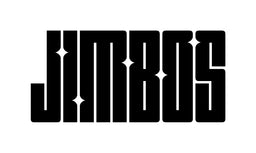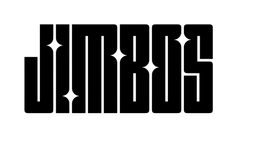Decontamination Made Easy – Clay Bar vs. Clay Mitt Explained
Even after a thorough hand wash, your paint can still feel rough. That’s because bonded contaminants—like tar, brake dust, and rail dust—don’t come off with soap alone. You need to clay the surface. But should you use a mitt or a bar?
What Is Paint Decontamination?
Paint decontamination is the process of removing embedded contaminants that stick to your clear coat. These include:
- Industrial fallout
- Brake dust particles
- Tree sap or road tar
- Rail dust (especially near train tracks)
These can cause roughness, reduce gloss, and interfere with polishing or ceramic coatings. Decontaminating the surface with a clay tool restores a smooth surface and prepares the paint for correction or protection.
Clay Bar vs. Clay Mitt – What’s the Difference?
Clay Bar
A clay bar is a sticky, malleable block made of synthetic or natural materials. You lubricate the surface with soapy water or a clay lubricant and glide the bar across the paint to pull out contaminants.
Pros:
- Very effective on severe or neglected paint
- Offers high precision (good for spot decontamination)
- Better for tight areas and intricate surfaces
Cons:
- Can be dropped and rendered useless
- Slower to use on large panels
- More chance of marring on soft paint
Clay Mitt
A clay mitt is a reusable foam or microfiber glove with a rubberized clay polymer coating. It covers more surface area and is faster to use.
Pros:
- Much faster on large areas like hoods, roofs, and doors
- Can be rinsed if dropped
- Lasts longer (30+ uses per mitt)
Cons:
- Less precise around trim, emblems, and curves
- Can be too aggressive on delicate or soft paint without proper lubrication
When to Use Each One
Use a clay mitt if:
- You’re doing a full detail and want speed + efficiency
- Your paint is ceramic coated and you want to lightly decontaminate
- You’re prepping for polishing or spray coating
Use a clay bar if:
- You’re working on neglected paint with heavy fallout
- You need to clean small, tight areas
- You’re performing paint correction on soft paint and want precision
Proper Lubrication = Safe Decontamination
No matter which tool you use, you must have lubrication. The Super Soaper diluted in a foam cannon or pump sprayer works perfectly. It’s slick enough to prevent marring while helping break down contaminants.
After claying, wipe dry with a Softer Than Soft Microfiber Towel to inspect the paint. It should feel smooth to the touch with no bumps or grit.
Simplify Your Decon Step
Pair The Super Soaper with your preferred clay tool and wipe down with a Softer Than Soft Towel for smooth, swirl-free results. Clay bars and mitts coming soon to Jimbo’s Detailing.
Next Step: Drying Your Car Safely
Now that your paint is smooth and decontaminated, it’s time to dry it without leaving streaks or swirls. Click here for our complete drying guide →
Related Posts in This Series
- How to Pre-Wash Your Car Like a Pro
- Contact Wash 101 – The Safest Way to Hand Wash Your Car
- Detailing Like a Pro – Full Step-by-Step Guide



